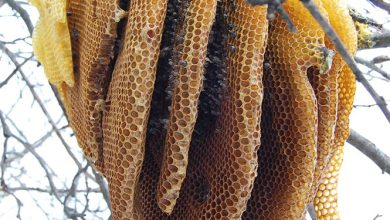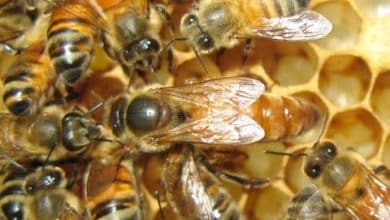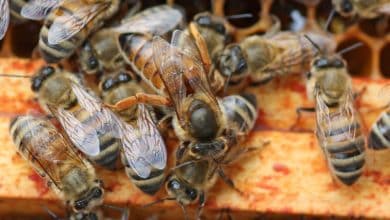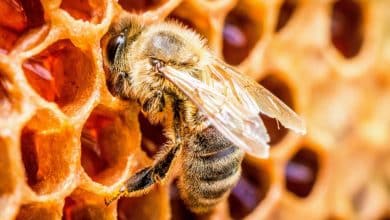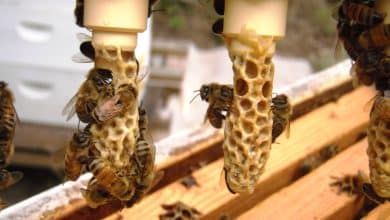Graft-Free Queens Rearing: Morris Ostrofsky
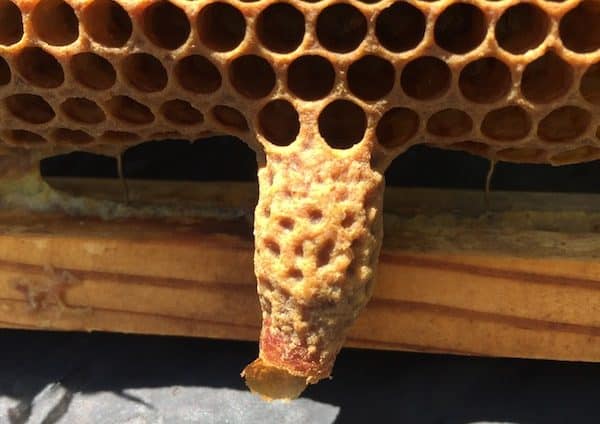
Many beekeepers reach a point in their beekeeping experience where they are comfortable with the basics and are seeking a new challenge. There are benefits for queens Rearing in a setting where beekeepers must cope with uncommon diseases and pests and are dissatisfied with commercial queens. However, many beekeepers find it scary to consider grafting and breeding their own queens.
Graft-Free Queens Rearing: Morris Ostrofsky
In your own backyard, products that were bought from halfway across the county frequently do not live up to expectations. Queens raised close to home are highly adaptable to your surroundings. Kim Fottum, editor of the publication Bee Culture, said It’s nearly always the difference between light and lightning, as Mark Twain once quipped, “The difference between queens you purchase and queens you nurture yourself.”

The benefits of following your Queens Rearing way
Genetics is one. Many beekeepers are rightly turning to genetics as a long-term answer to issues related to exotic pests and diseases. You can choose your own queens based on features you like, such as disease resistance and hygienic behavior. Everyone typically has a favorite hive or is familiar with a fellow beekeeper who has a hive with attractive characteristics. The key to developing an apiary is the queens in these hives.
A great foundation is provided by genetics. By choosing the genetic stock, using chemical-free comb, and making sure the queens are well-fed as they grow, you can build on this foundation by managing the environment in which they are raised. The fact that young queens are more productive and less inclined to swarm is finally something we can all agree on. Having multiple queens on hand enables you to be ready for emergencies, such as the accidental death of the queen. Many beekeepers desire to take control of the issue and raise their own queens due to these factors.
Most incorrectly believe that grafting is the only method of achieving this. This is not the case, though. There are several techniques for raising graft-free queens. Swarm cell, Nucleus, Miller, and Hopkins are the four approaches that are presented. The reader can select the approach that best fits his or her degree of comfort and desired number of queens.

There are some factors to take into account regardless of the strategy chosen. One is the time of year. In the spring and summer, queens can be raised most successfully. The conditions are ideal for virgin bees to mate, there is enough food, and the bees are naturally inclined to reproduce by making new queens and swarming. It’s not a good idea to raise new queens in the fall. For a well-fed queen to be produced, there is less food available. Less nurse bees are present. Additionally, fresh queens don’t have enough time to build a hive with enough winter supplies. More significantly, though, there aren’t as many drones accessible for mating.

Mother Queens rearing
Preparation is another factor to take into account before beginning queens rearing. Populations must be healthy; a choice must be made regarding which hives will serve as the queen breeder (queen mother) and drone mother hives, as well as the extra tools required. Additionally, there should be a sufficient stock of feeding stimulants and protein supplements available. Particularly if the Hopkins or Miller methods are applied, a schedule should be created.

Not all honey bees are created equal. There are variances within every population, as Charles Darwin rightly noted. Take your siblings as an example; unless you have an identical twin, everyone is unique. Consider the qualities that are vital to you when choosing which hive (or hives) will be used as your source of breeding queens (also known as queen mother, queen mother hive). One of the places is this

